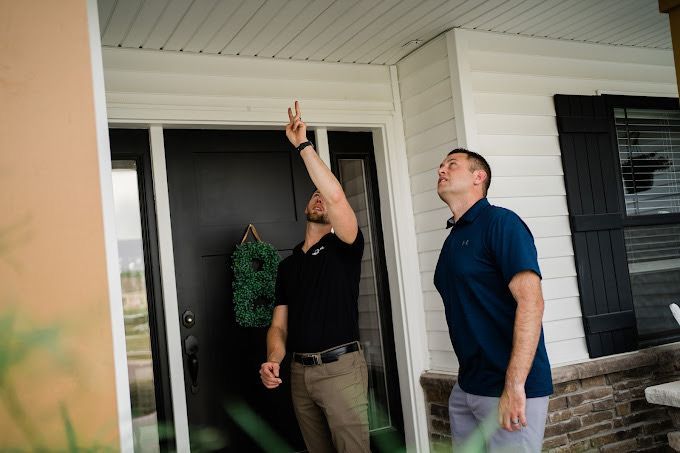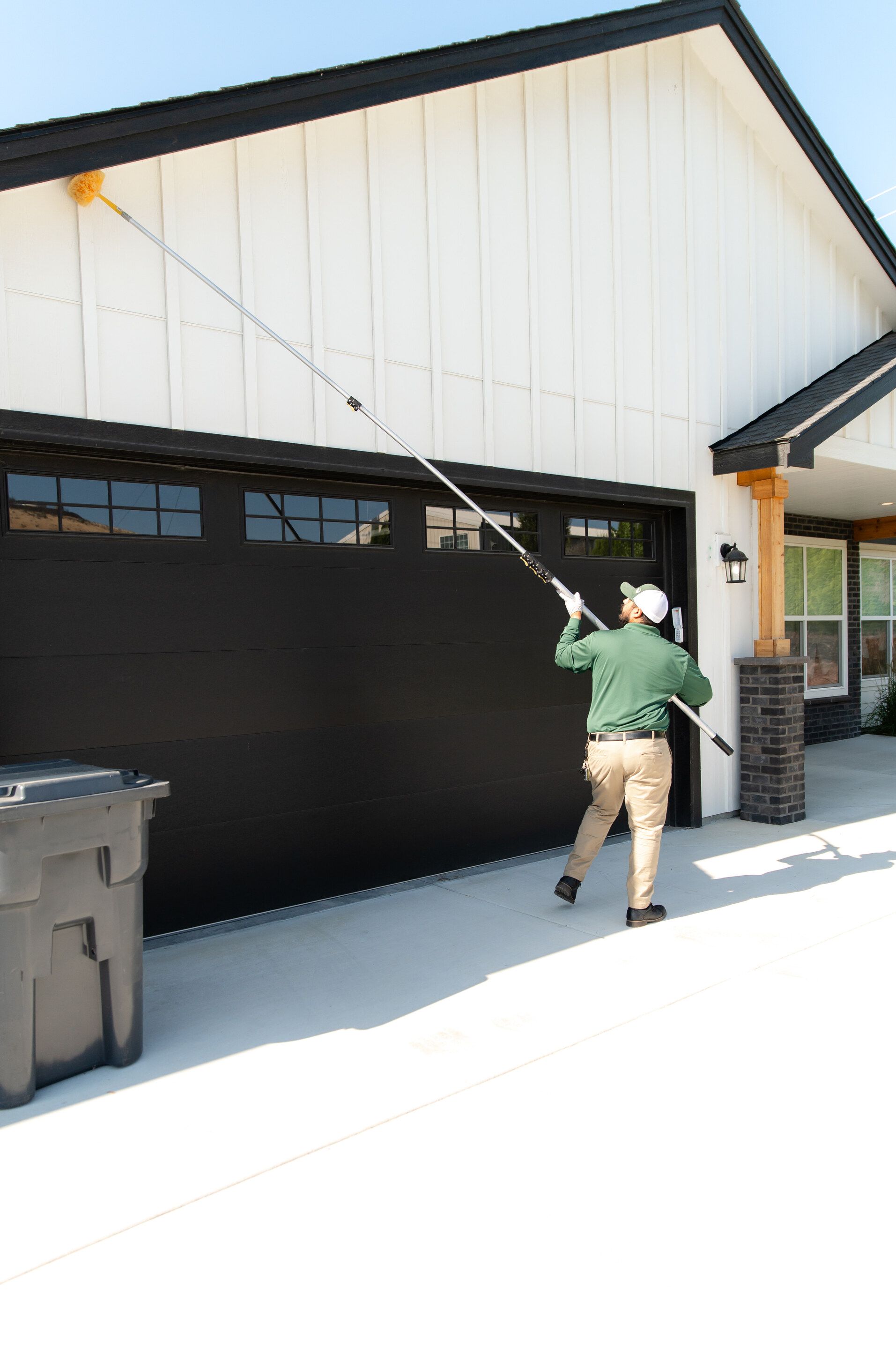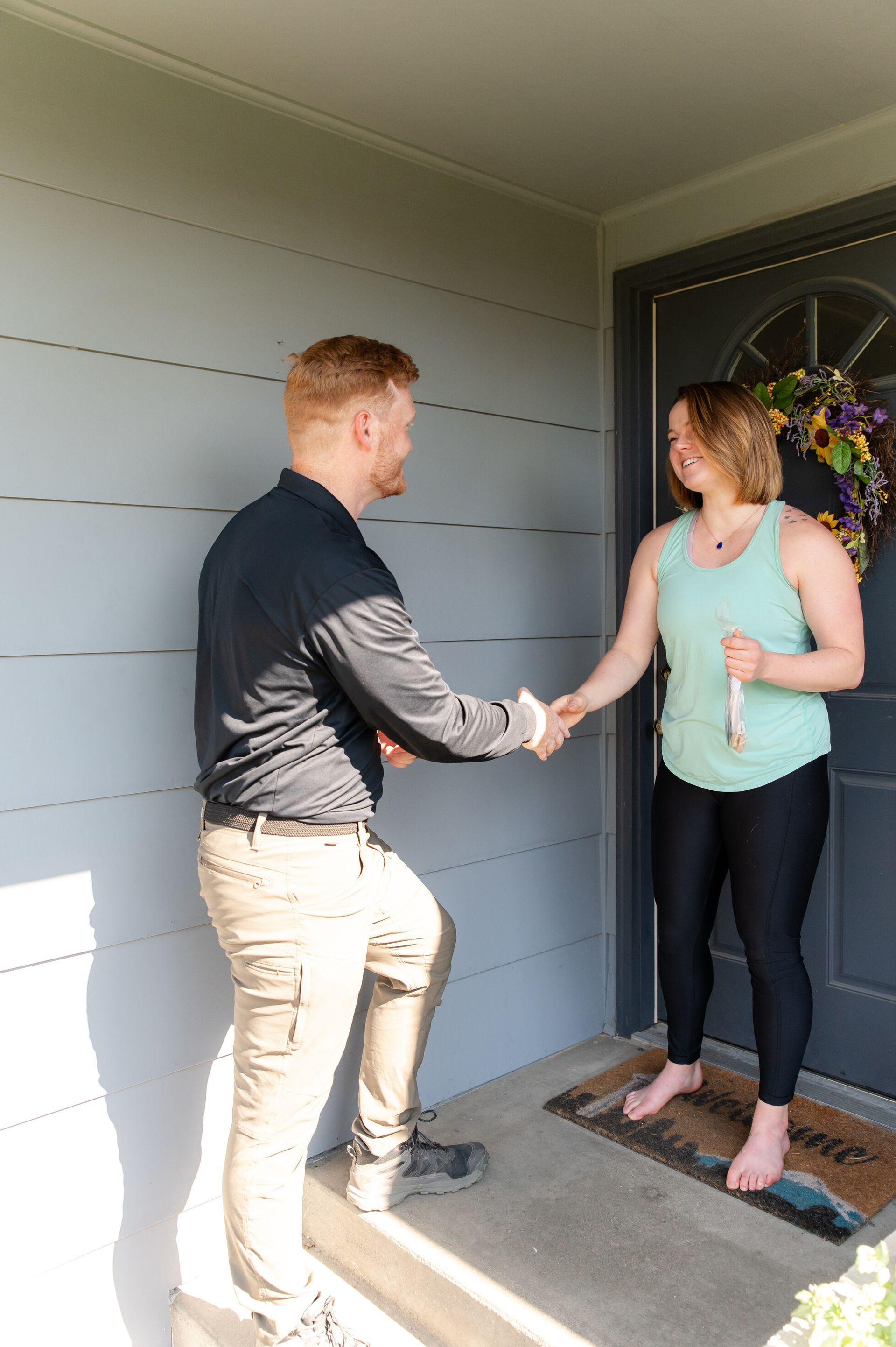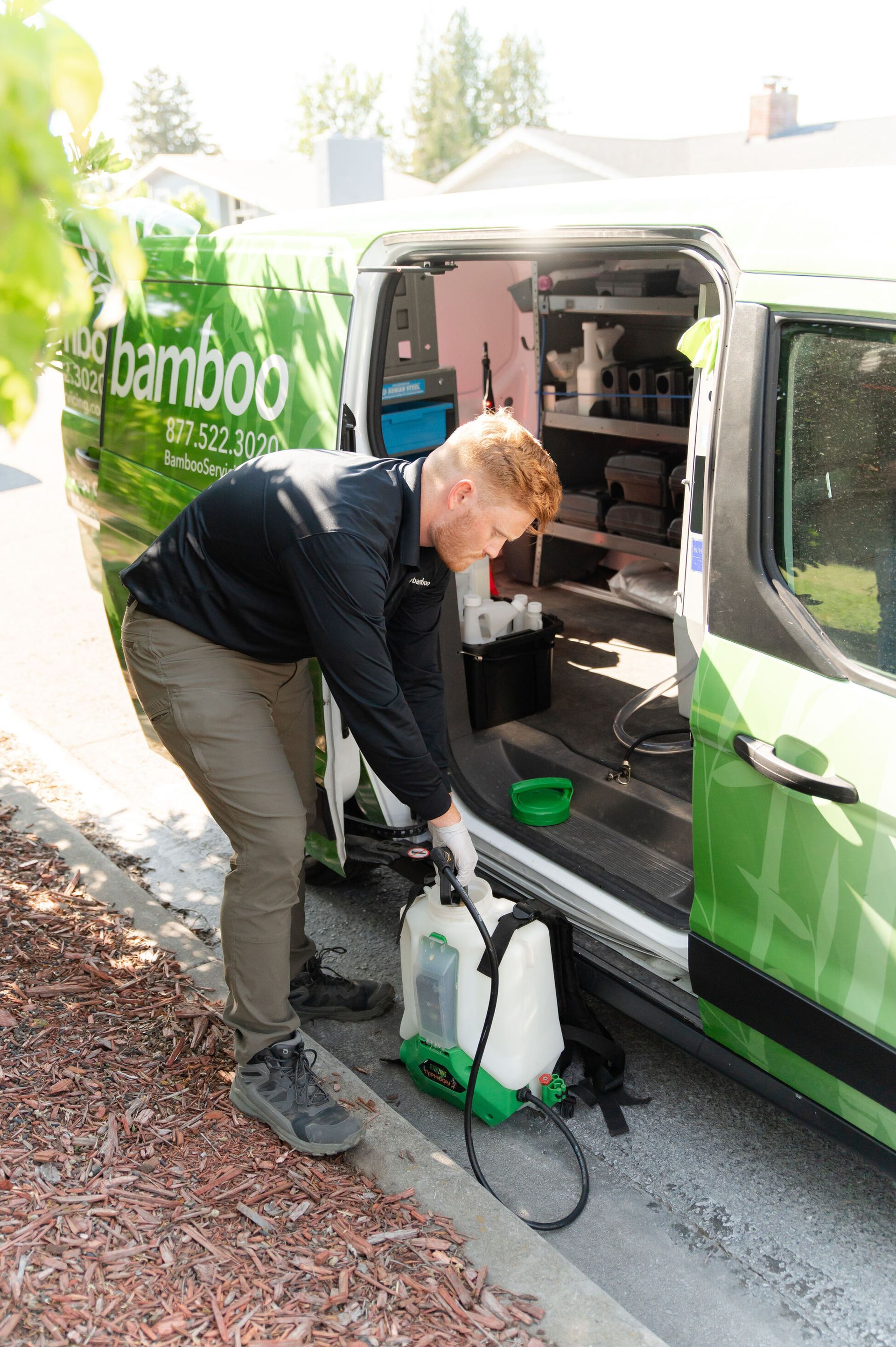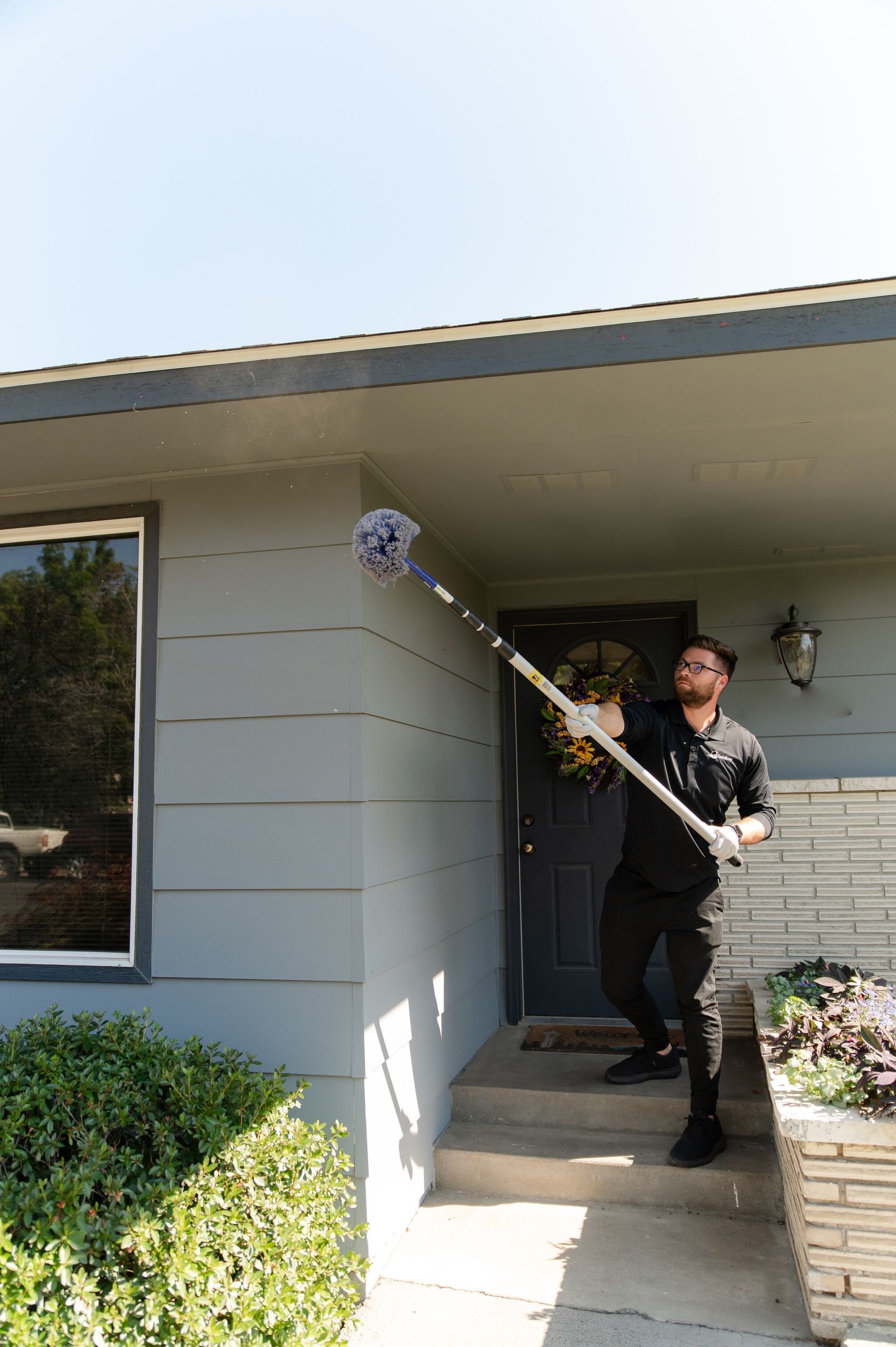Is it okay to vacuum after pest control?
Can you vacuum immediately after a pest control treatment?
After a
pest control treatment, the question of whether it's okay to vacuum immediately or if you should wait arises frequently. Here's a detailed guide on how to manage vacuuming and cleaning post-treatment to ensure the effectiveness of the pest control measures is maintained.
Understanding the Waiting Period
It's crucial to wait before vacuuming after a pest control treatment. This waiting period, typically recommended to be at least 24 to 48 hours, allows the pesticides to adhere properly to surfaces and begin working effectively against the pests. For liquid treatments, which can take longer to dry, waiting times might extend up to several days. During this time, the pesticides break down the pest's body and disrupt their environment, making the treatment more effective.
Reasons to Delay Vacuuming
Vacuuming too soon can disturb the freshly applied pesticides, removing them from areas where they need to remain active to combat pests. The chemicals applied are designed to settle into cracks and crevices where pests live and breed; vacuuming too early can extract these chemicals before they have a chance to act, significantly reducing the effectiveness of the treatment.
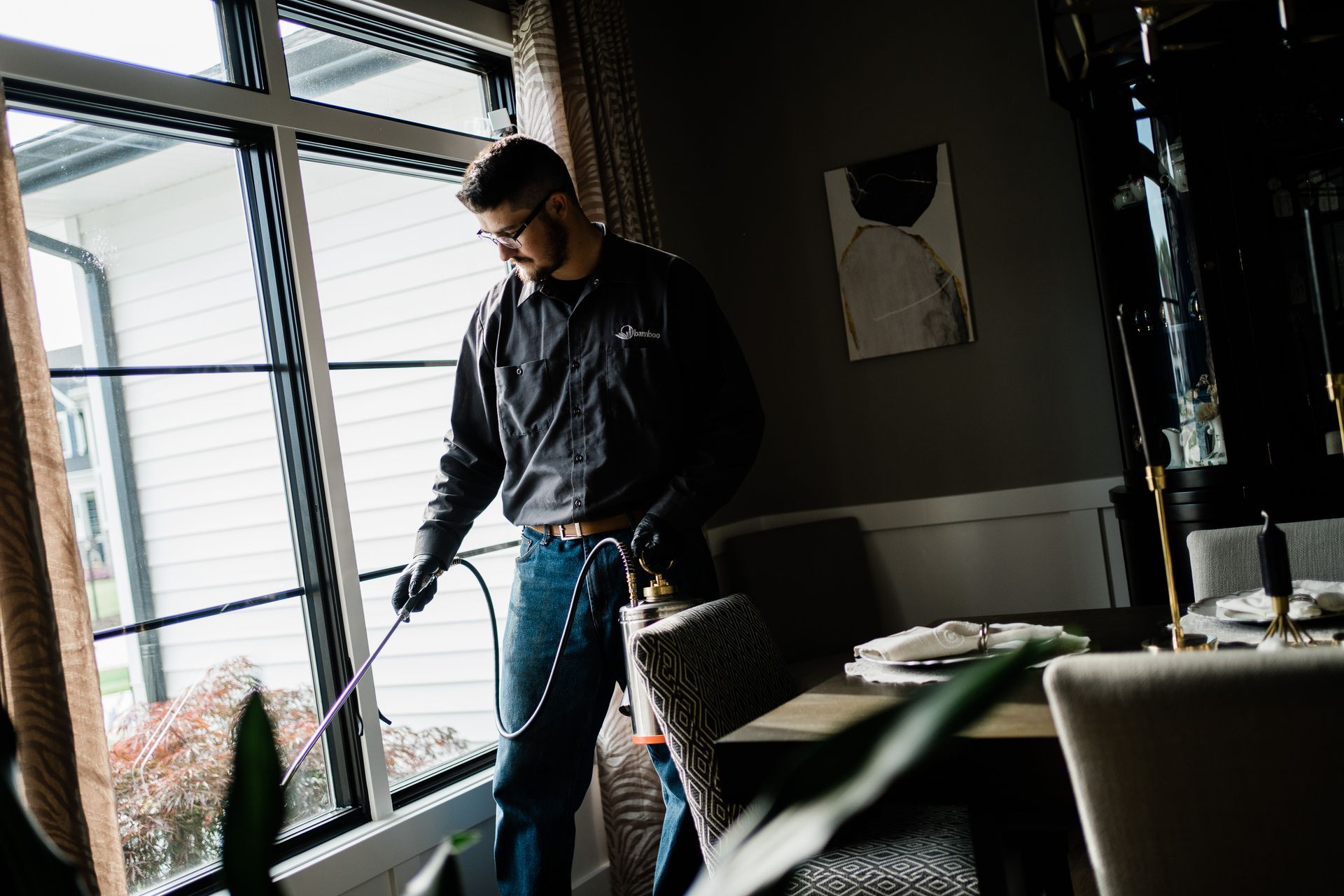
Safe Cleaning After Pest Control
Once the recommended waiting period has elapsed, vacuuming is generally safe and can help remove any dead pests and debris, which contributes to a cleaner home environment. Use a vacuum equipped with a HEPA filter to ensure that small particles, including any remaining pesticide residues, are effectively captured and not released back into the air.
Tips for Effective Post-Treatment Cleaning
- Start with less invasive cleaning: Begin with light dusting or wiping down surfaces further away from treated areas.
- Gradually clean treated areas: After the initial light cleaning, you can start to carefully clean closer to treated zones, still ensuring not to scrub or wash away treatment residues.
- Use mild cleaning agents: Harsh chemicals can interact with the pesticides negatively. Mild soaps and detergents are preferable when you begin deep cleaning.
- Maintain ventilation: Keep your home well-ventilated during and after cleaning to help disperse any lingering odors or fumes from the pesticides.
Additional Considerations
- Dispose of vacuum bags: After vacuuming post-treatment, dispose of the vacuum bag or empty the canister outside your home to prevent any trapped pests or chemicals from re-entering your living space.
- Check with your pest control provider: Always follow the specific guidelines provided by your pest control service, as different treatments might have different care instructions.
Long-term Maintenance
To prevent future infestations and maintain the effectiveness of the pest control treatment:
- Regularly inspect and clean: Keep an eye on potential pest entry points or breeding areas and clean them regularly.
- Seal cracks and gaps: Use caulk or other sealing materials to close off any openings where pests might enter.
- Keep your home dry and clutter-free: Pests thrive in moist and cluttered environments, so maintaining a dry and tidy home can deter their presence.
By following these guidelines, you ensure that your cleaning efforts post-pest control are both safe and effective, helping to maintain a pest-free environment in your home. Always consult with pest control professionals for tailored advice and follow their recommendations closely for the best results.
Want To Learn More? Contact Us
Excellent pest control service in Richmond doesn't have to compromise the well-being of your family or pets. Opt for a professional pest control service that prioritizes eco-friendly and pet-friendly products, ensuring your home remains safe from pests and harsh chemicals.
Feel free to contact our team to discover more about our safe and environmentally conscious pest management solutions.
Like this post? Share it here...

